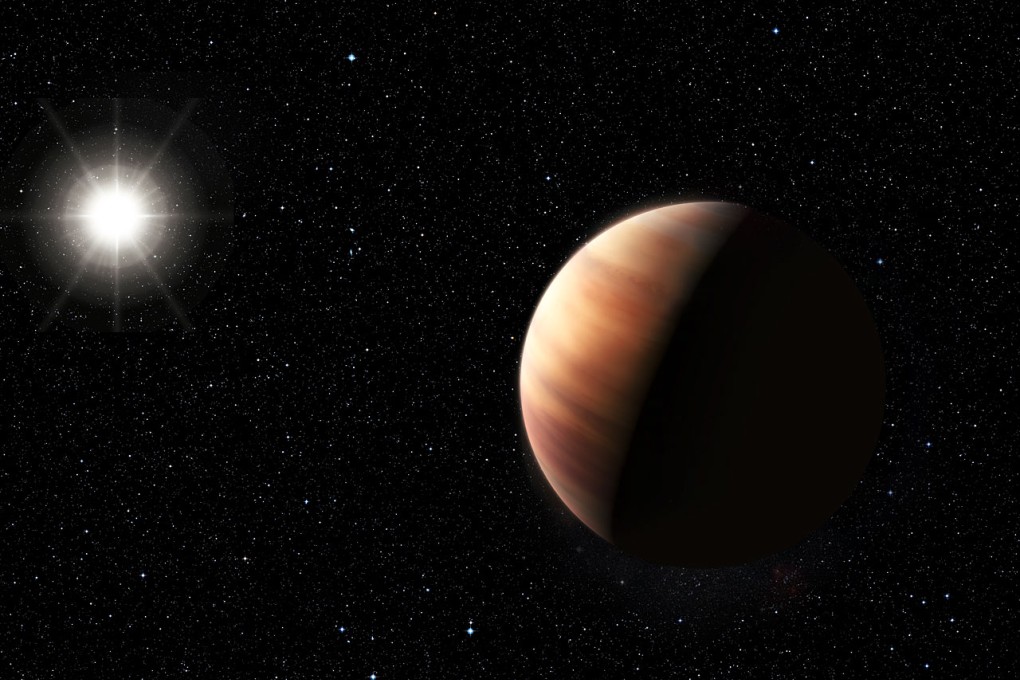Forget what you heard: Jupiter does not orbit the sun
Revelation follows snaps from Nasa's Juno probe of the planet in nearly a decade

NASA's Juno probe just passed closer to Jupiter than any human-made craft ever. And no surprise, photos confirm that the fifth planet from the sun looks huge up close. Huge.
It's so huge, in fact, that it doesn't actually orbit the sun. Not exactly. With 2.5 times the mass of all the other planets in the solar system combined, it's big enough that the centre of gravity between Jupiter and the sun doesn't actually reside inside the sun — rather, at a point in space just above the sun's surface.
Here's how that works.
When a small object orbits a big object in space, the less massive one doesn't really travel in a perfect circle around the larger one. Rather, both objects orbit a combined centre of gravity.
In situations we're familiar with — like Earth orbiting the much-larger sun — the centre of gravity resides so close to the centre of the larger object that the impact of this phenomenon is negligible. The bigger object doesn't seem to move, and the smaller one draws a circle around it.
But reality is always more complicated.
For example: When the International Space Station (ISS) orbits the Earth, both the Earth and the space station orbit their combined centre of gravity. But that center of gravity is so absurdly close to the center of the Earth that the planet's motion around the point is impossible to spot — and the ISS describes a near-perfect circle around the whole planet.